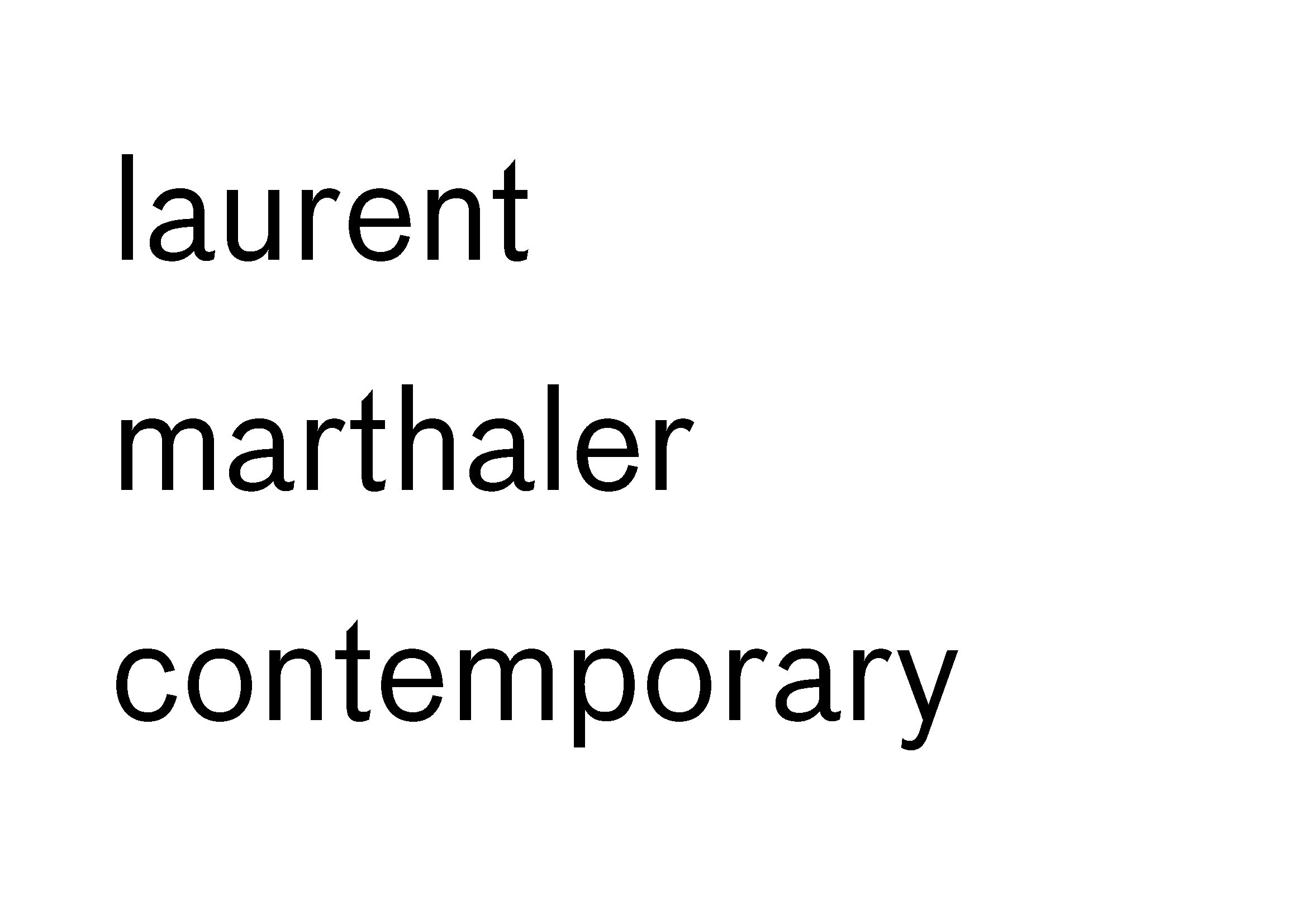MARCK’s works thus ask questions about the essence of image and the represented object.
MARCK’s video art is not to be separated from the appliances used to show them and the installations that contain them. He is thus firmly in a lineage that started with Wolf Vostell, Martial Raysse and above all Nam June Paik in the 1960s. MARCK tops his predecessors by blurring the lines between video and installation. In his pieces with water in which in the video a woman moves within a basin there is an identical, real frame installed on the monitor.
In the space between the uppermost level of the monitor and the illumination level there is a further part of this real frame. Because all three (the frame on the monitor, that in the space in-between, and the filmed frame) are identical, for the viewer it is unclear what is reality and what is film. Especially as our viewing habits suggest to us that what we see in the monitor is always a video. MARCK thus deceives our sensory perception and lets us think that where there is a real object there is in fact a film.
MARCK’s works thus ask questions about the essence of image and the represented object. Ever since Magritte’s “Ceci n’est pas une pipe” we know: It is not a pipe, it is the image of a pipe. MARCK inverts this and we could alter what Magritte says: “Mais si, c’est une pipe!”: And it is indeed a pipe! !” Because what we consider a video, what we consider an image – is in fact the real object.
— Thomas Haemmerli 2016

